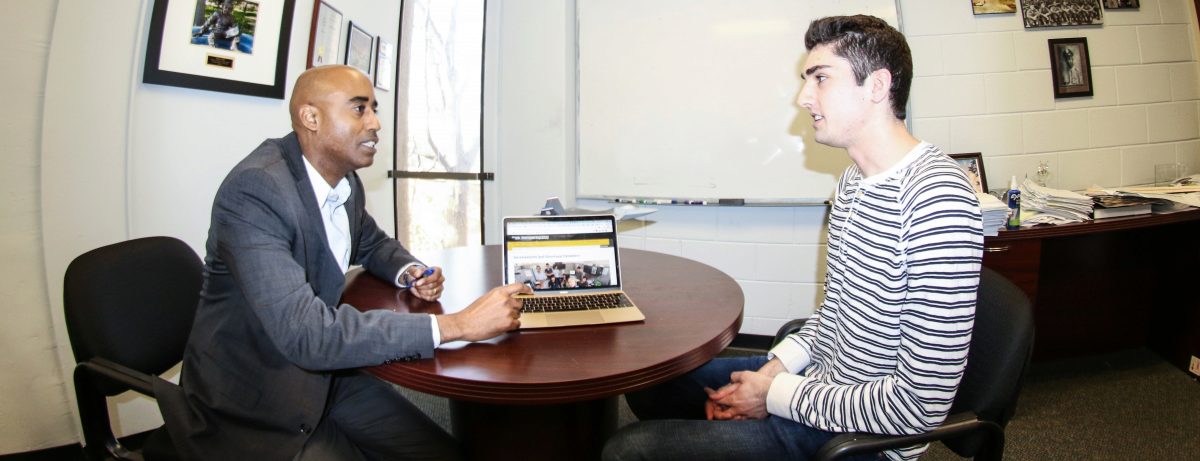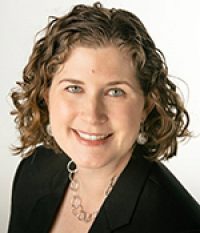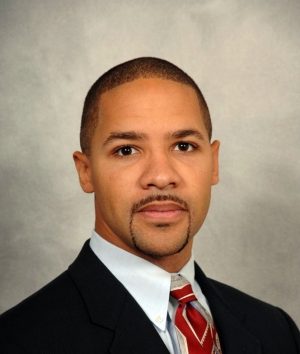 Introducing Aerospace Engineering Specialty Areas. Scaling its student advising efforts to meet the demands of almost 1000 undergraduates has always been a challenge for the Daniel Guggenheim School. That's about to change.
Introducing Aerospace Engineering Specialty Areas. Scaling its student advising efforts to meet the demands of almost 1000 undergraduates has always been a challenge for the Daniel Guggenheim School. That's about to change.
Ask an incoming AE undergraduate what their educational objectives are, and you are likely to get big smile and a one-word answer.
Space. Airplanes. Drones.
 |
| Prof. Karen Feigh |
"That's a great start. We really need that enthusiasm," says AE professor Karen Feigh.
"But we have around 1,000 undergraduates [in the AE School], and when they graduate, they won't be applying for jobs with titles like 'Space' or 'Airplanes.' They'll be competing for jobs within specialized groups that have names like "Space Structures" or "Thermal Re-entry." Or they'll be competing for slots in prestigious graduate programs. Our job, as advisors, is to guide students to take the courses that will align their interests with the actual opportunities they'll have when they're done."
To do just that, Feigh and her AE colleague Prof. Mitchell Walker recently rolled out a new advising tool: the Aerospace Engineering Specialty Areas (AESAs).
The AESAs are suggested groupings of courses that allow undergraduates to tailor their curriculum around one of 10 identified specialty areas within the aerospace engineering discipline. With titles like "Aircraft Flight Dynamics," "Human Factors," and "Space and Entrepreneurship," the new Specialty Areas are sure to pique the interest of new students. But more than that, they leverage the broad-based expertise of the AE faculty and the flexibility of the AE curriculum to give students 10 ways to begin customizing their undergraduate experience. For undergraduates who are juggling humanities, elective, and engineering course requirements for the first time in their lives, that's a huge advantage.
"Our students are smart. They are the top students from our nation's high schools, and they are capable of tackling tough subject matter. What they can't always do is sort through all of the courses AE offers to choose the specific ones that would meet the degree requirements and fulfill their interests," says Walker.
 |
| Prof. Mitchell Walker |
"Now, they can choose a Specialty Area that sounds interesting to them and know it will meet the requirements set down by the school."
Walker and Feigh predict that the Specialty Areas will also expand students' grasp of the discipline's possibilities -- and its complexity.
"As they read through the lists of suggested courses in each Specialty Area, they will discover lots of titles that will interest them. We think they'll see themselves, their futures, in those suggestions. They'll see that AE has multiple subdisciplines and approaches, both theoretical and experimental. They'll develop a more sophisticated vocabulary to describe their own interests in the field," says Feigh.
The AESAs are suggestions, not requirements.They will not appear on diplomas and can be easily adapted or abandoned altogether to create a more appropriate course sequence. They are guidance documents designed to help students come to advising appointments calmer, and better prepared for the task at hand.
"On the top of every student's mind is: how will I choose all of the right required courses to graduate on time?'," says Feigh. "That's a good question, but if our conversation stops there, I don't get a chance to answer the questions that will advance their careers."
Adds Walker:
"Before we came up with these Specialty Areas, I might have spent all of my time looking for a specific course for a student because he says he's interested in cognitive engineering and that's not my specialty. I've done it before and I'd do it again because that's at the heart of advising. Now I have help. I can pull out the Human Factors Specialty Area to review. I can begin with the student's actual interests, and suggest courses that have already been vetted by one of my colleagues, an expert in that area."
Feigh pointed out that the students benefit the most from this arrangement.
"Could I answer a student's questions without help from the Specialty Area guides? Yes. But my response would almost certainly lack the depth and breadth that is readily available here in our school. We have such incredible faculty to draw from. Why would we overlook that in our advising? "
Both Feigh and Walker agree: time saved on course choices is time that can be spent on bigger choices.
"The Specialty Area suggestions free me up to talk to students about other things they might be wondering about -- like co-ops, internships, study habits, or resumes. Those are the issues that are a little different for each student. And those are the conversations where I'm going to have an even bigger impact."
The potential benefits are not limited to current students, Walker says.
"This will help us develop more sophisticated applicants - high school students who can get a better handle on aerospace engineering before they get here. Just reading through the Specialty Areas will give them great insight."
Feigh and Walker worked with their colleagues for several months to develop and implement the new Specialty Areas. They expect to spend even more time tweaking their work and developing new AESAs.
That, they say, is time well-spent.